| Structure | Name/CAS No. | Articles |
|---|---|---|
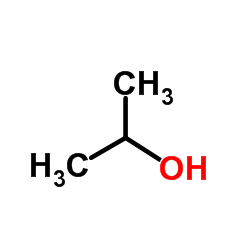 |
Isopropanol
CAS:67-63-0 |
|
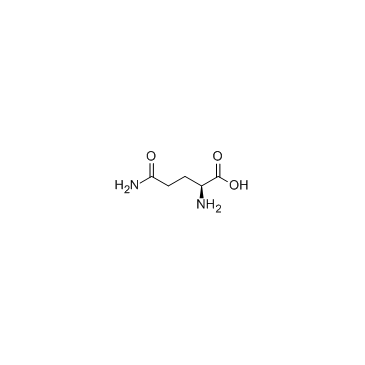 |
L-Glutamine
CAS:56-85-9 |
|
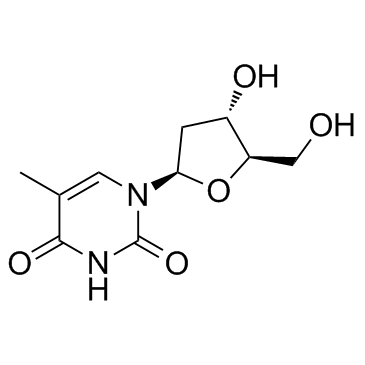 |
Thymidine
CAS:50-89-5 |
|
 |
Guanine
CAS:73-40-5 |
|
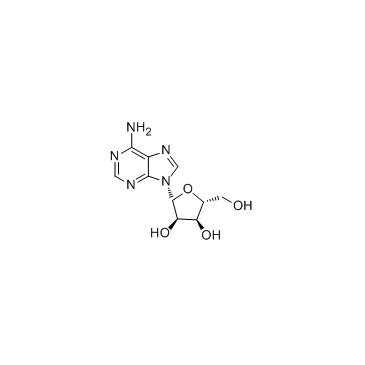 |
Adenosine
CAS:58-61-7 |
|
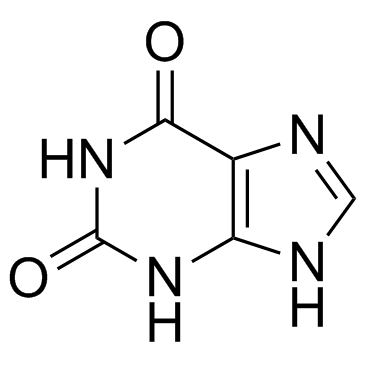 |
2,6-Dihydroxypurine
CAS:69-89-6 |
|
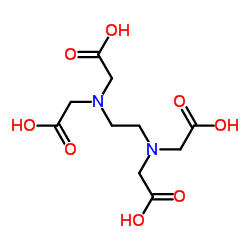 |
Ethylenediaminetetraacetic acid
CAS:60-00-4 |
|
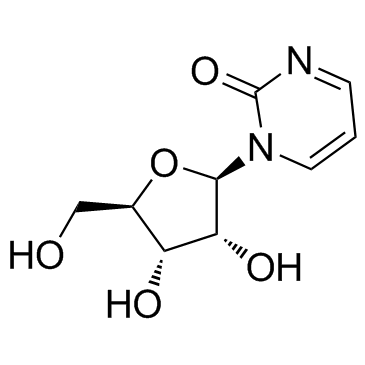 |
Zebularine
CAS:3690-10-6 |